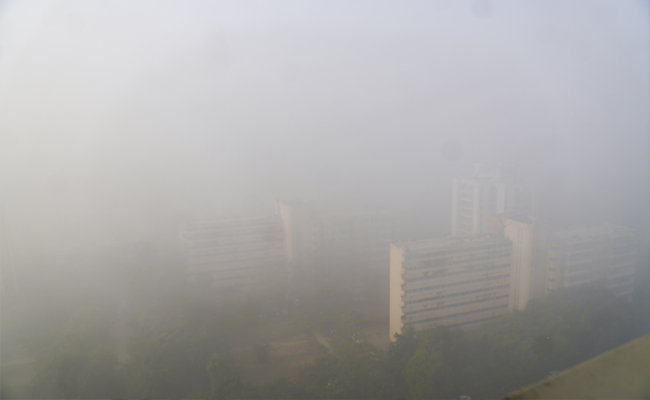New York, July 20 : At least eight persons have died and over 10 injured in a tourist boat accident in the US state of Missouri, said an official.
According to Southern Stone County Fire Protection spokesman Eric Nielsen, the incident occurred on Thursday on the Table Rock Lake near Branson, CNN reported. There were more than 20 people onboard when it capsized, Nielsen said.
"We did have a severe thunderstorm, not sure if that is the contributing factor," he added. "There is a lot of storm debris."
A spokeswoman for Ripley Entertainment, the parent company of Ride the Ducks Branson, said the company is in contact with their employees at the scene.
Suzanne Smagala-Potts said the company had acquired the vessel not long ago that was involved in the incident, the CNN report added. There were other boats on the lake that returned to the dock safely.
Divers representing various agencies were on scene to assist with the investigation and recovery.
At least six patients were treated at CoxHealth Medical Center, hospital spokeswoman Kaitlyn McConnell said. She, however, did not comment on the nature of the victims' injuries.
The rescue operation is still on.
Let the Truth be known. If you read VB and like VB, please be a VB Supporter and Help us deliver the Truth to one and all.
Kalaburagi: Two years after being expelled from the Janata Dal (Secular), former minister C.M. Ibrahim has announced that he will launch a new regional political party in Karnataka on January 24, reported Deccan Herald.
Speaking at a meeting organised by the Nava Karnataka Nirmana Andolana in Kalaburagi on Sunday, Ibrahim confirmed the birth of the new party.
The 77-year-old politician stated he would soon be meeting with other like-minded individuals to choose a symbol for the party.
ALSO READ: Veteran Congress leader Shamanuru Shivashankarappa laid to rest with full state honours
Ibrahim emphasised that the organisation would be guided by the principles of 12th-century social reformer Basavanna and the architect of the Indian Constitution, Dr. B. R. Ambedkar.
A veteran politician, Ibrahim served as Union Civil Aviation Minister during the tenure of H.D. Deve Gowda as Prime Minister and later headed the Karnataka unit of the Janata Dal (Secular). He was expelled from the JD(S) in 2023 on charges of anti-party activities.
His exit from the party followed sharp differences over the JD(S) decision to ally with the Bharatiya Janata Party (BJP). As the then state president of the JD(S), Ibrahim had publicly criticised the alliance, claiming it was finalised without his knowledge. He had also reportedly convened meetings of his supporters and expressed support for the INDIA bloc.





